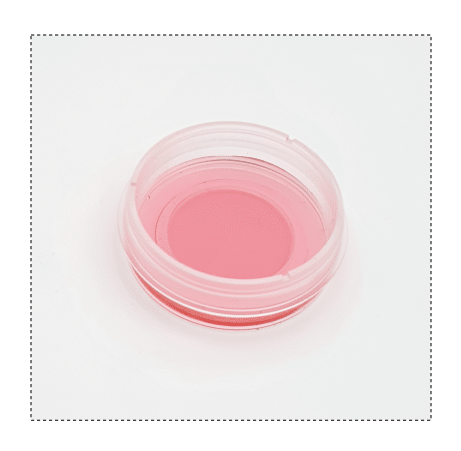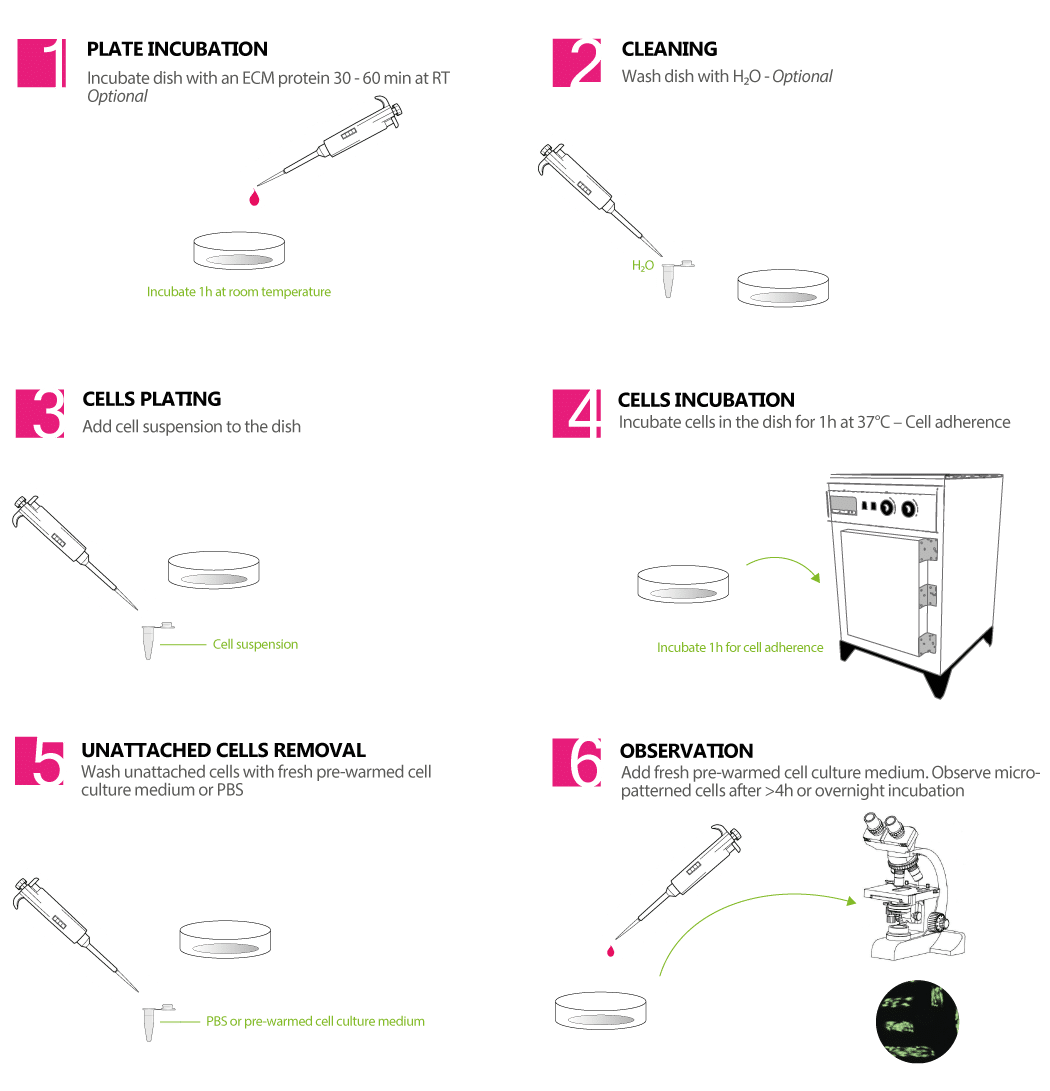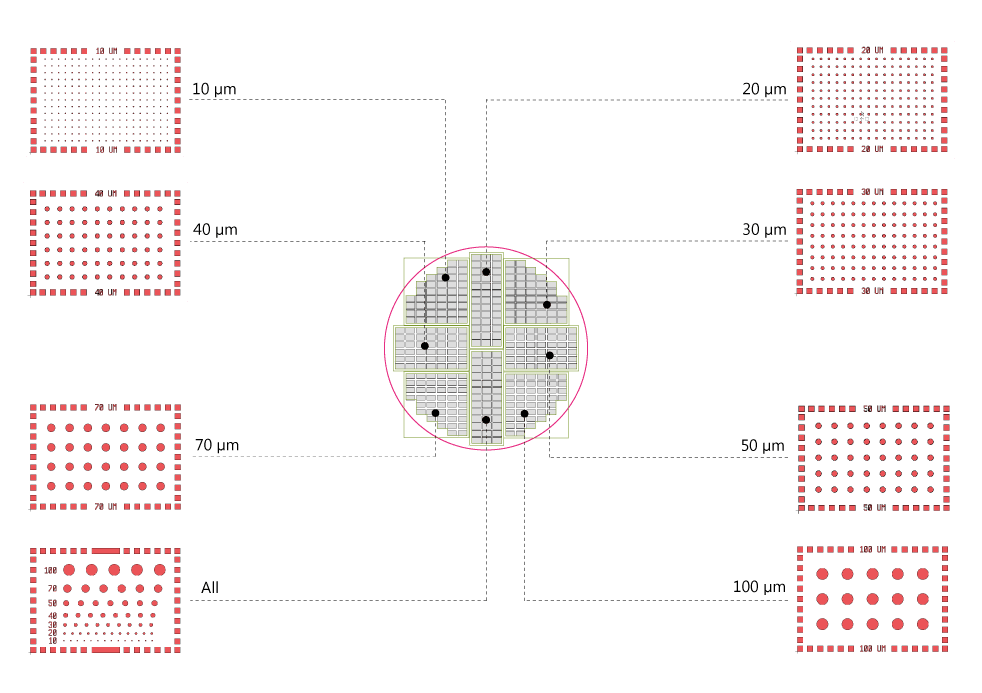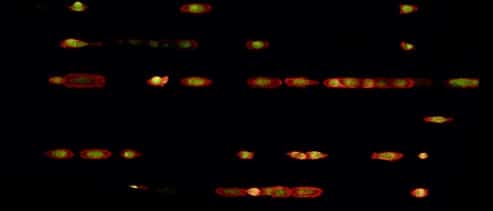MICROPATTERNED DISHES
Patterned dish ready to be plated with cells
MICROPATTERNED DISHES
Patterned dish ready to be plated with cells

The micropatterned petri dishes are 35 mm glass bottom petri dishes printed with micropatterns.
They are ready to use, you just need to plate your cells on the glass substrate and observe them on the specific micropattern.
> READY TO USE
Plate the cells directly in the Petri dish and observe them
> HIGH QUALITY CELL IMAGING
Observe the cells through the micropatterned glass substrate
> VERY STABLE COATING
Can be stored for months at room temperature thanks to the covalent bond with the glass bottom
HOW TO HANDLE YOUR MICROPATTERNED DISHES

FEATURES & BENEFITS
The 4Dcell micropatterned dishes are provided in individual plastic bags (aseptic conditions).
Available in sets of 20 or 50 dishes to allow optimization of your experimental conditions with only one kit.
You can choose the various micropatterned shapes to compose your set.
MICROPATTERNS SHAPES
The standard shapes offered by 4Dcell are:
Disks
Lines
Triangles
Squares
Rectangles
Grids
Customized shapes
Standard micropatterns sizes go from 10 µm to 100 µm.
Each type of micropatterned coverslip (disks, rectangles, squares, etc.) is arranged as described in the scheme bellow (e.g.: disks).
In each coverslip, there are seven zones with distinct pattern sizes (ranging from 10 µm to 100 µm). There is an eighth zone where all the sizes are placed together.
Oxidation resistance anti-adhesive polymer which is less sensitive to oxidation than a classical polymer and has the same type of covalent bonding to the glass slide. After plated you can keep your cells in the patterns for more than a week. Non used coverslips can be stored up to 6 months.

Standard positionning of micropattern areas
CANCER
> Migration of cancer cells (line patterns)
> Cell shape standardization
ORGAN PHYSIOLOGY
> Migration of somatic and cancer cells
> Cell shape standardization
> Cardiomyocyte beating properties
> Neural network
RARE DISEASES
> Cell nucleus integrity
> Nuclear plasticity
> Neural network
FUNDAMENTAL RESEARCH
> Cell shape standardization
> Standardized connectivity between neurons
BIOMOLECULAR IN VITRO MODELS
> Spatial autoorganization of macromolecules (at the microscale)

Image of micropatterned cells in lines (labelled by fluorescence) obtained with a 4Dcell photomask
Hôpital Saint Louis, experiment run with Dr. Benoit Vianay
OTHER PRODUCTS RELATED TO MICROPATTERNS